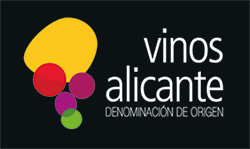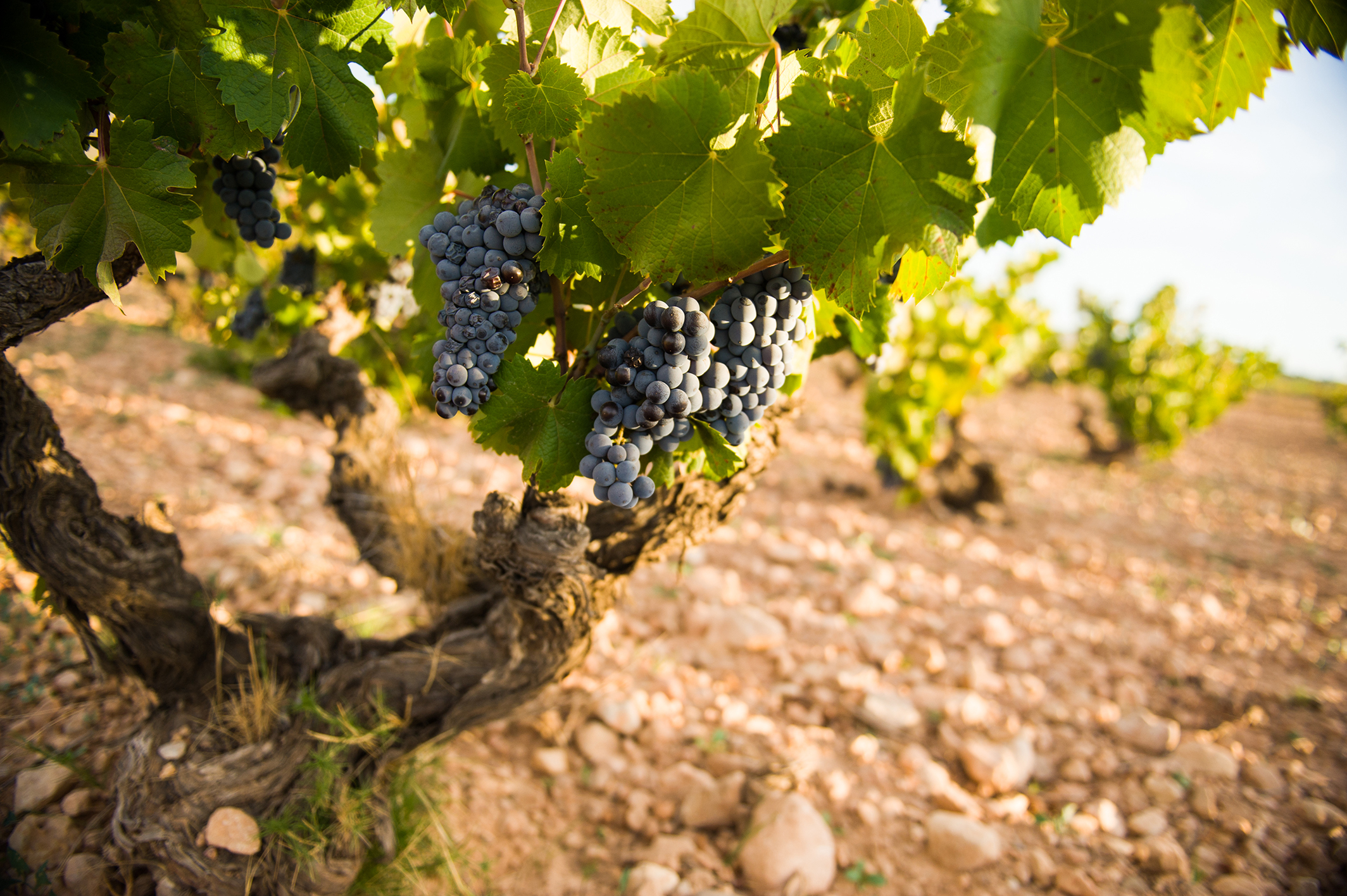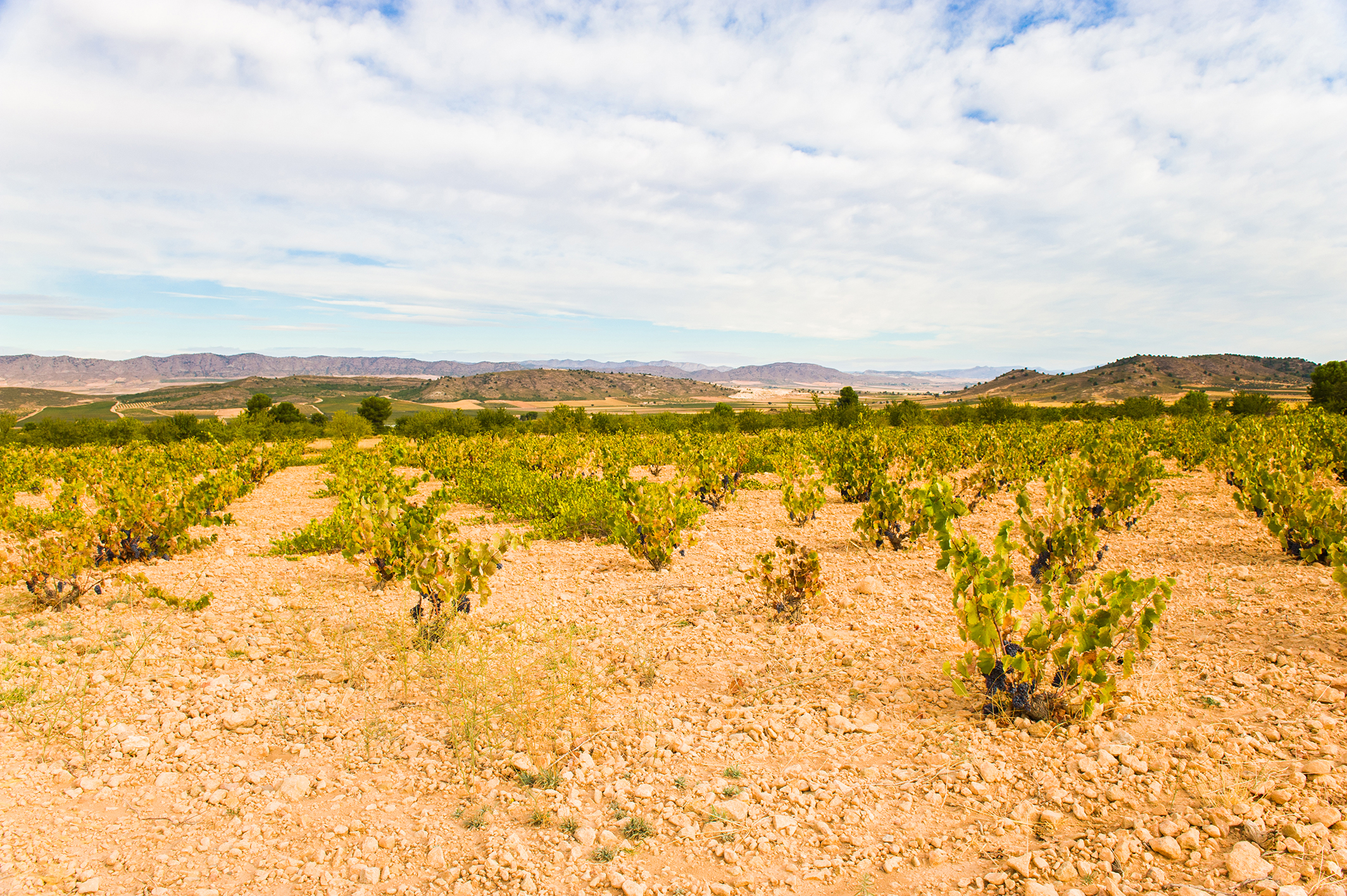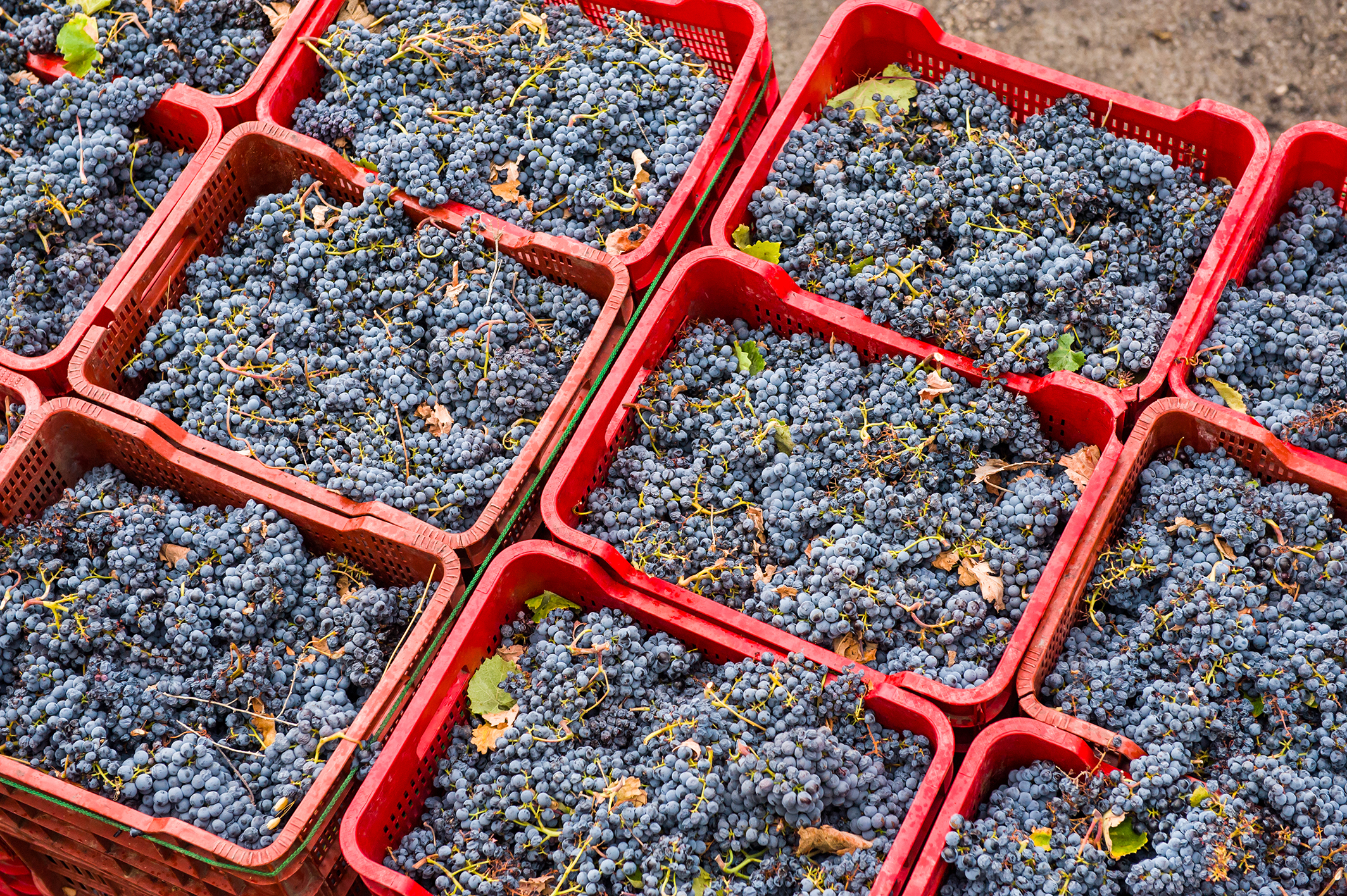
DENOMINACIÓN DE ORIGEN
Alicante has a long history in grape growing dating back to Roman era. Traditionally they produced the local sweet dessert wine called Fondillón, which was exported to northern Europe during the 16th and 17th century. Vineyards expanded heavily throughout the following centuries until phylloxera devastated the region in the end of the 20th century. Re-plantation has been slow, but since the 1990’s the region has been revived by numerous young well trained oenologists.
ALTITUDE
400 – 700 m.
SOIL
Sandy and loamy-sand
with excellent drainage.
CLIMATE
Semi continental, being
somewhat influenced by
the humid Mediterranean
and by the hot arid hub
us Spain
ANNUAL
PRECIPITATION
Under 300 mm.
Located in the Autonomous Community of Valencia. DO Alicante is divided into 2 sub-zones: Vinalopó which plantations a mainly by the boarder of Murcia around the river Vinalopó at 400-700 meter altitude. La Marina stretches along the coast some 100km north of Alicante. Soils in both sub regions are generally sandy and loamy-sand with excellent drainage, thus retaining only little water for the vines. In Vinalopó the Monastrell grape is by far the most planted variety, along with a few plantings of Garnacha Tintorera. La Marina is almost exclusively planted with Moscatel de Alejandría.
The sub-zone of La Marina has a typical warm Mediterranean climate with mild winter, long warm springs and mildly hot summers with temperatures up to 30˚C. Rainfall is around 500mm per year. Vinalopó is semi continental, being somewhat influenced by the humid Mediterranean and by the hot arid hub us Spain. Here summer s can be as hot as 40˚C and winters may go as low as 5˚C, and rainfall is frequently lower than 300 mm/year.






